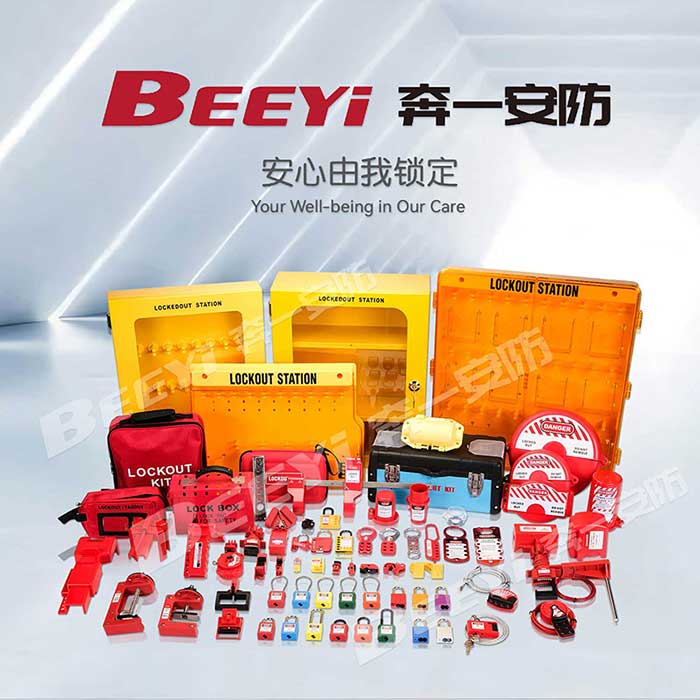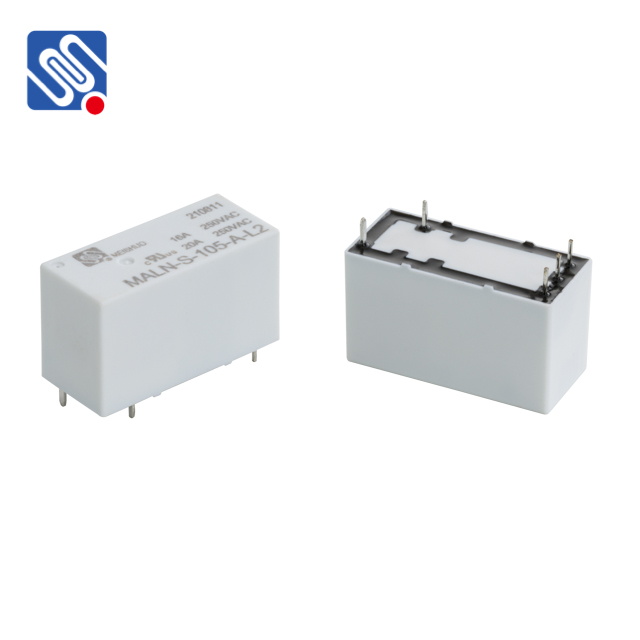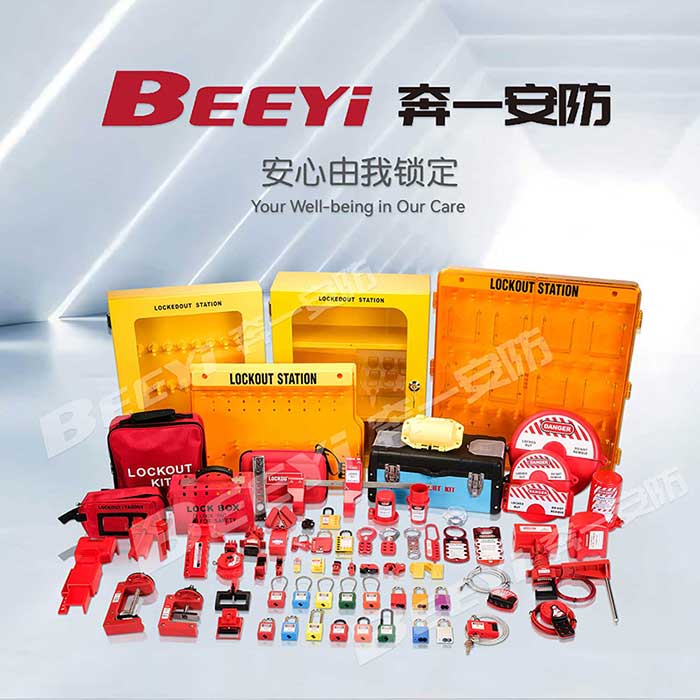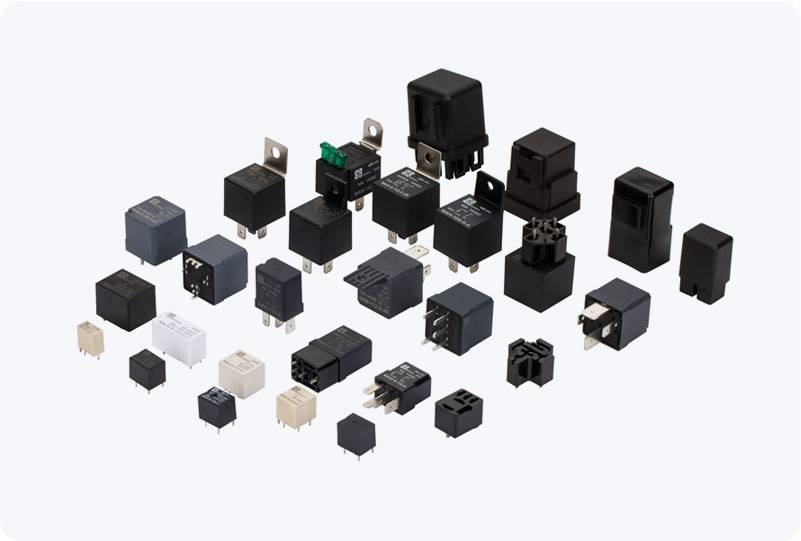Electric three eccentric butterfly valves have become an essential component in modern industrial systems due to their ability to offer high performance, durability, and efficient control of fluid flow. These valves, known for their unique design and operational advantages, are produced by several specialized manufacturers who lead the industry in providing innovative solutions for a variety of sectors, including power generation, water treatment, oil and gas, and chemical industries. In this article, we will explore the characteristics of electric three eccentric butterfly valves and the role of manufacturers in driving innovation and quality within this sector.

Understanding the Electric Three Eccentric Butterfly Valve Design
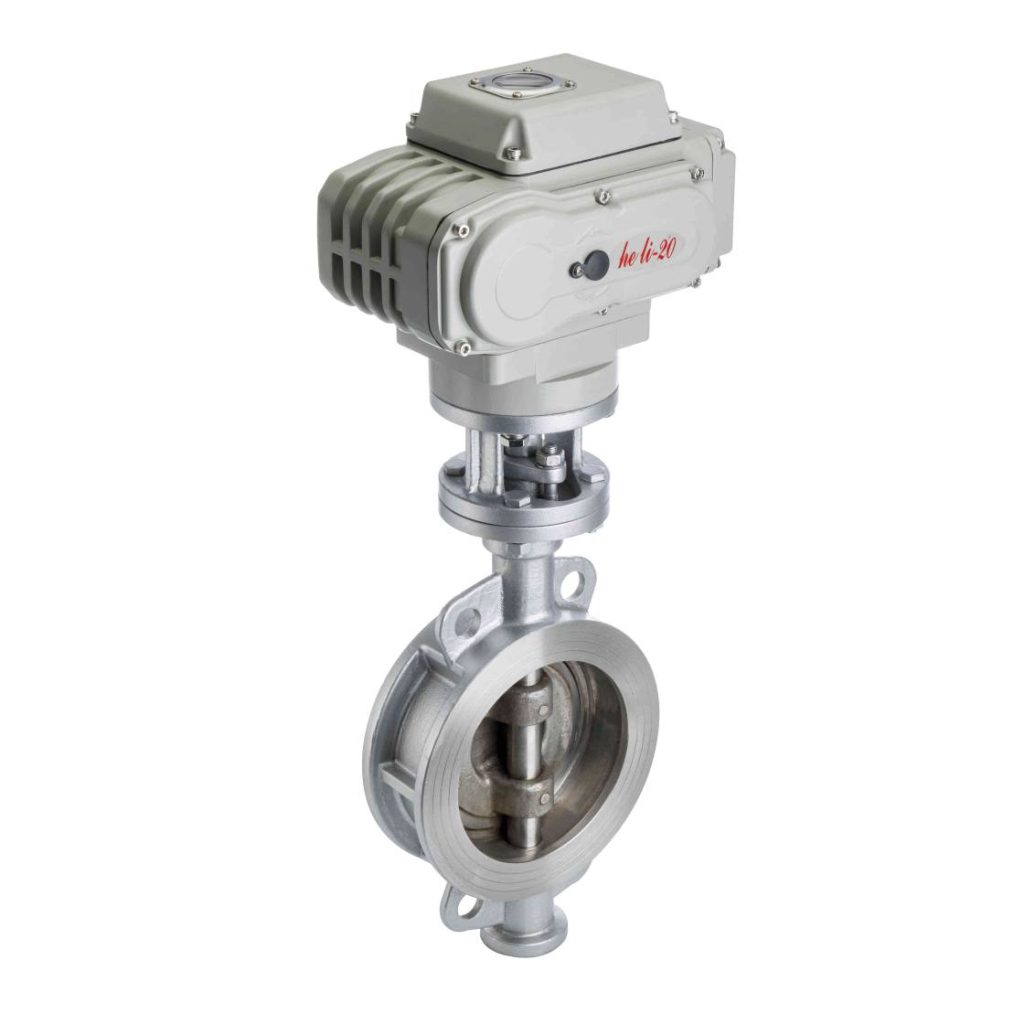
The “three eccentric” design of the butterfly valve refers to the geometry of its shaft, seat, and disc, which are offset in three different positions. This design minimizes the rubbing between the seat and the disc, which not only reduces wear but also ensures a tight seal and more efficient flow control. The three eccentric positions result in a valve that provides superior sealing capabilities compared to traditional butterfly valves. This makes them particularly suitable for high-pressure and high-temperature applications. The electric actuator used in these valves allows for automatic control, making them ideal for integration into automated systems. The actuator offers precise control over the opening and closing of the valve, which improves the overall efficiency of the process, reduces manual intervention, and ensures safety and reliability. Electric three eccentric butterfly valves are also known for their compact design and ability to handle a wide range of fluids, including corrosive and viscous materials.


